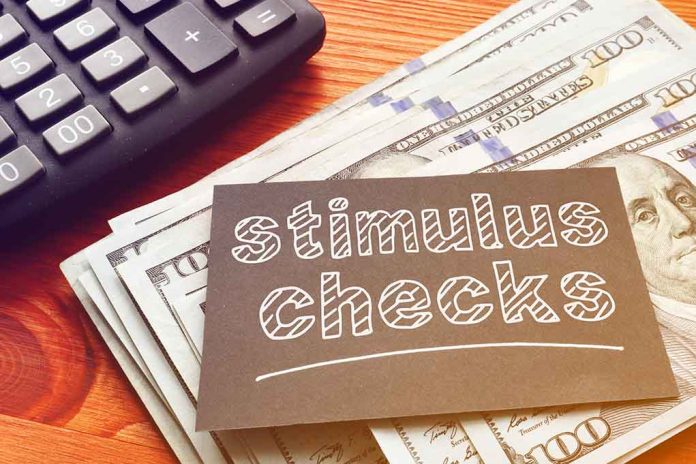
(DailyVibe.com) – The early pandemic hit every American very, very hard. Financial struggles from that time still affect many people, and some businesses permanently shuttered. However, the United States government was able to provide some relief during the early pandemic: three stimulus checks. Stimulus money arrived in three payments. In April of 2020, we received $1,200 per person; in December of 2020, $600 per person; and finally, in March of 2021, $1,400 per person.
Because these stimulus payments helped people stay afloat and continue to be needed in an era of late-pandemic inflation, healthcare expenses, supply chain shortages, and global instability, advocacy groups like change.org have petitioned Congress to continue issuing and authorizing stimulus payments. However, there has been no indication of forward momentum when it comes to another stimulus check.
This effort is so vital for another reason as well: families struggle due to the simultaneous expiration of the expanded Child Tax Credit. This pandemic-era credit provided families with $300 monthly for every child under 17 years of age in their home. While the IRS still provides the Child Tax Credit deduction, the monthly checks have ended. Those kept many families afloat: and while the pandemic wanes, families still struggle to make ends meet.
There aren’t any more stimulus checks heading our way. However, some states are issuing an additional payment in 2023. This money came from the federal government and was issued to states, but states determine how they spend this particular grant.
Without More Stimulus Checks, What Are Alternatives?
If you and your family have not financially recovered from the pandemic, you’re not alone. There are still other programs and services that can help you access the food, housing, and heating and cooling payments you need. Let’s take a look at what might replace those stimulus checks.
Supplemental Nutrition Assistance Program (SNAP)
Formerly known as food stamps, SNAP is federally funded but administered by each state. Most SNAP beneficiaries include families with children. About 30 percent of SNAP beneficiaries are households who have an adult over 60 or a disabled family member.
To qualify for SNAP, you have to meet specific requirements:
- United States citizen or documented non-citizen / Green Card holder.
- Have less than $2,750 in assets (this includes bank accounts and cash) or less than $4,250 if a member of the household is over 60 or disabled.
- Be low income per specific local income requirements.
If you’re a non-citizen, you must also meet the income requirements. You must have lived in the country for five years or more, receive assistance such as disability benefits, or be a child under 18 years of age.
Once you gather your documents, you can upload them here and apply online.
Temporary Assistance for Needy Families (TANF)
TANF is a program focused on ensuring that children have everything they need. TANF is part of the Department of Health and Human Services (DHHS), but states administer the program. In addition to helping children, the goal is to assist low income families and support their efforts towards self-sufficiency.
TANF furnishes monthly cash benefits and other services to beneficiaries. To receive it, you must be a documented legal alien or a US citizen, unemployed or under employed, low income, have a child under 18, currently be pregnant, or be 18 or younger while head of the household.
You can apply for TANF at the DHHS website, which will direct you to the appropriate application for your state.
Section 8 Housing Vouchers
For low income people in danger of losing housing, there exists Section 8. This program allows landlords to accept vouchers from the federal government, providing up to 70 percent of the rent (beneficiaries are responsible for the rest).
If you’re a US citizen or a non-citizen with legal immigration status, you may qualify. Your family income must not exceed 50 percent of the area in which you live.
While stimulus checks have ended, hope remains. Check with these state-level agencies to get the assistance you need today.
Copyright 2023, DailyVibe.com
















